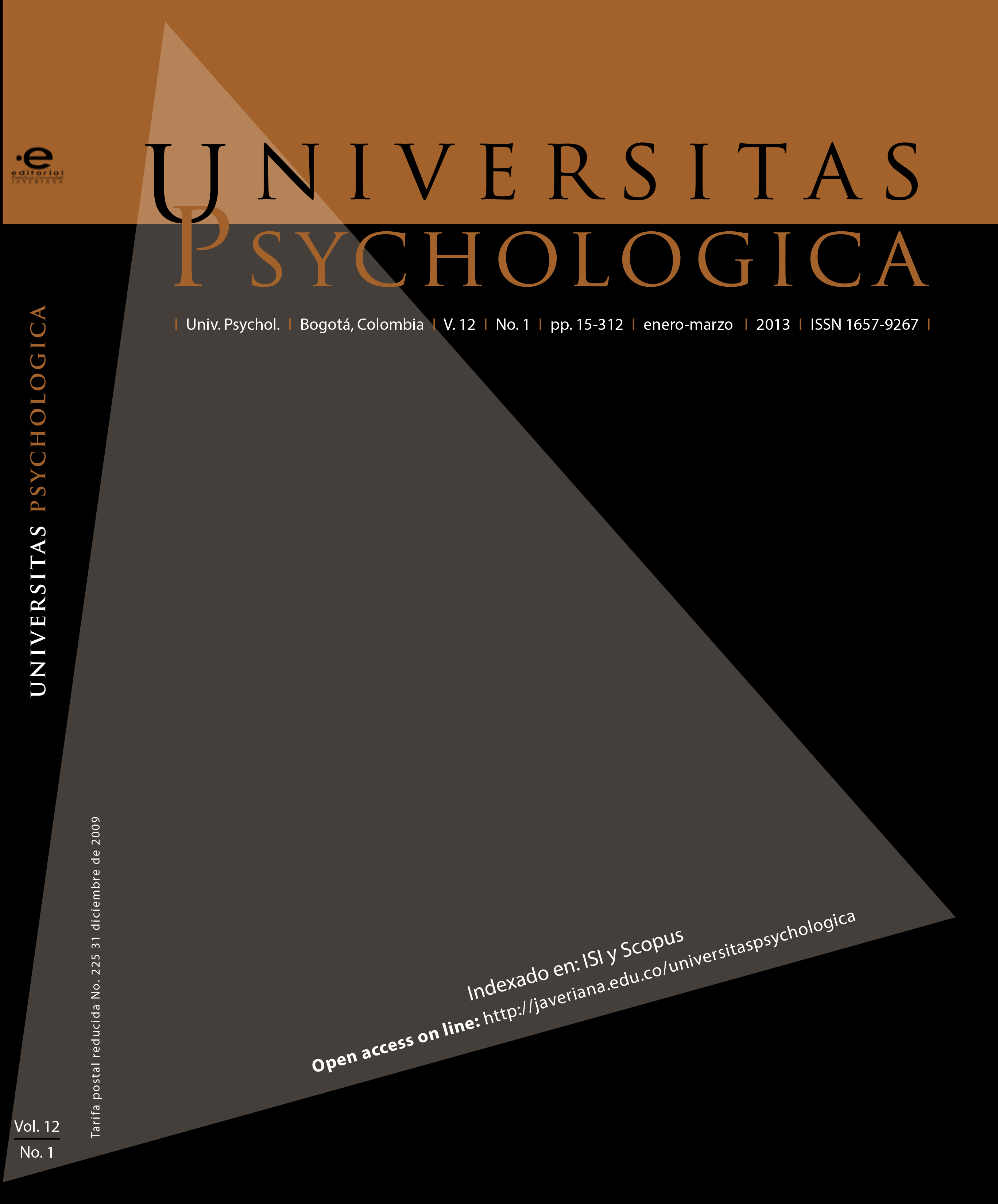Resumen
Se evalúan las orientaciones de meta en Educación Física de estudiantes mexicanos, así como las diferencias según sexo, edad, implicación en actividad físico-deportiva y nivel de práctica habitual. Se administró un cuestionario por autorreporte a 1.083 estudiantes mexicanos regiomontanos de secundaria (12-16 años; error ± 3 %, IC = 95.5 %), por muestreo polietápico estratificado por afijación proporcional y conglomerados. El análisis factorial confirmatorio apoyó el modelo teórico hipotetizado de dos factores para TEOSQ-12EF, mostrando excelente bondad de ajuste del modelo original. Tanto chicos como chicas tienen, principalmente, una orientación a la tarea, estando los chicos más orientados al ego que las chicas. Según aumenta el nivel de actividad física, incrementa la orientación al ego y a la tarea.
Esta revista científica se encuentra registrada bajo la licencia Creative Commons Reconocimiento 4.0 Internacional. Por lo tanto, esta obra se puede reproducir, distribuir y comunicar públicamente en formato digital, siempre que se reconozca el nombre de los autores y a la Pontificia Universidad Javeriana. Se permite citar, adaptar, transformar, autoarchivar, republicar y crear a partir del material, para cualquier finalidad (incluso comercial), siempre que se reconozca adecuadamente la autoría, se proporcione un enlace a la obra original y se indique si se han realizado cambios. La Pontificia Universidad Javeriana no retiene los derechos sobre las obras publicadas y los contenidos son responsabilidad exclusiva de los autores, quienes conservan sus derechos morales, intelectuales, de privacidad y publicidad. El aval sobre la intervención de la obra (revisión, corrección de estilo, traducción, diagramación) y su posterior divulgación se otorga mediante una licencia de uso y no a través de una cesión de derechos, lo que representa que la revista y la Pontificia Universidad Javeriana se eximen de cualquier responsabilidad que se pueda derivar de una mala práctica ética por parte de los autores. En consecuencia de la protección brindada por la licencia de uso, la revista no se encuentra en la obligación de publicar retractaciones o modificar la información ya publicada, a no ser que la errata surja del proceso de gestión editorial. La publicación de contenidos en esta revista no representa regalías para los contribuyentes.


